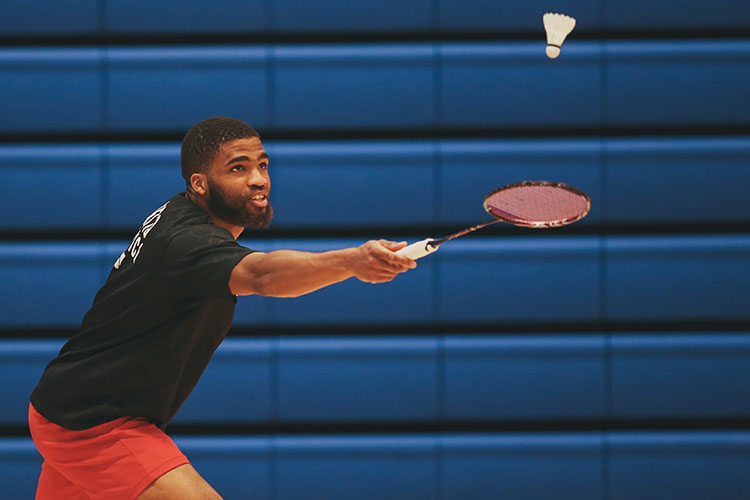

Building Stamina for Court Dominance with Badminton Conditioning
Badminton is a sport that demands not only technical finesse but also exceptional stamina. The ability to sustain peak performance throughout a match is crucial for success on the court. In this guide, we will explore the importance of badminton conditioning and how it contributes to building the stamina required for court dominance.
Understanding the Role of Conditioning in Badminton
Badminton conditioning goes beyond traditional fitness; it’s about preparing the body for the unique demands of the sport. Conditioning involves a combination of cardiovascular endurance, muscular strength, and agility. The goal is to ensure that players can maintain optimal performance levels, react quickly to opponents’ moves, and endure the physical challenges of a match.
Cardiovascular Endurance: The Foundation of Stamina
At the core of badminton conditioning is cardiovascular endurance. A badminton match involves constant movement, sudden bursts of speed, and extended rallies. Cardiovascular conditioning, achieved through activities like running, cycling, and high-intensity interval training (HIIT), enhances the heart and lung efficiency, allowing players to sustain their energy levels throughout a match.
Interval Training for On-Court Intensity
Specifically tailored for the stop-and-start nature of badminton, interval training is a key component of conditioning. This involves alternating between periods of high-intensity activity and rest. Shuttle run drills, where players sprint between cones and recover, simulate the intensity of a badminton match, improving both cardiovascular fitness and the ability to recover quickly between rallies.
Agility and Speed: Essential for Court Coverage
Agility and speed are integral elements of badminton conditioning. Players need to cover the court rapidly, change directions swiftly, and respond to opponents’ shots with agility. Incorporating agility drills, ladder exercises, and shuttle run variations into conditioning routines enhances players’ ability to move seamlessly on the court, ensuring they are always in position to make effective shots.
Strength Training: Powering Through Rallies
While badminton is not a contact sport, muscular strength plays a crucial role in sustaining performance. Strength training focuses on building power in the legs, core, and upper body, enabling players to generate forceful shots and endure the physical demands of rallies. Compound exercises like squats, lunges, and resistance training contribute to overall strength.
Flexibility and Injury Prevention
Conditioning in badminton extends to flexibility training, which is essential for injury prevention and optimal performance. Stretching exercises targeting major muscle groups and joints, such as shoulders, hips, and ankles, enhance flexibility. This not only reduces the risk of injuries but also allows players to execute a wider range of movements on the court.
Endurance Challenges: Simulating Match Conditions
Effective badminton conditioning involves creating endurance challenges that simulate match conditions. Extended practice rallies, shuttle run intervals, and match simulation drills push players to their limits, gradually increasing their stamina. These challenges are designed to mimic the intensity and duration of a real match, preparing players for the rigors of competitive play.
Balancing Physical and Mental Endurance
Stamina in badminton is not solely physical; it’s also about mental endurance. Conditioning should include elements that challenge players mentally, enhancing their focus and decision-making under pressure. Mental drills, visualization exercises, and strategic gameplay scenarios contribute to building the mental resilience required for prolonged matches.
Recovery Strategies: Integral to Conditioning
An often overlooked but vital aspect of badminton conditioning is recovery. Conditioning routines should include strategies for effective recovery, such as proper nutrition, hydration, and rest. Adequate recovery ensures that the body can repair and adapt to the physical stresses of training, promoting long-term improvements in stamina and overall performance.
Consistency and Progression: Keys to Effective Conditioning
Building stamina for court dominance through badminton conditioning is a gradual process that requires consistency and progression. Establish a structured conditioning routine, gradually increasing intensity and duration. Regular assessment of performance and adjustments to the conditioning plan ensure that players continue to make strides in their stamina and endurance levels.
Incorporate these principles of badminton conditioning into your training regimen to enhance your stamina, dominate the court, and elevate your overall performance. Visit Badminton Conditioning for additional insights and resources to optimize your conditioning routine.



